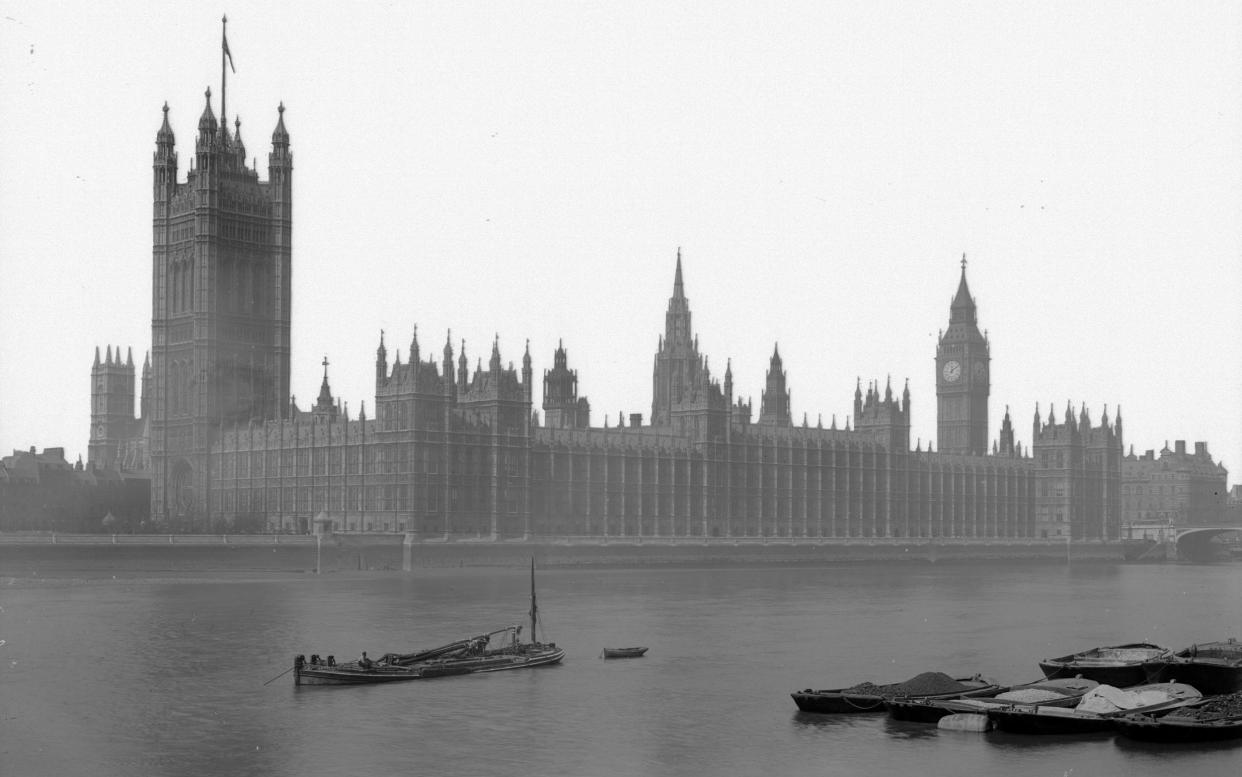Remnants of 'The Great Stink' that forced Parliament suspension still present on the banks of the Thames

- Oops!Something went wrong.Please try again later.
- Oops!Something went wrong.Please try again later.
Remnants of the 19th century 'Great Stink' that forced Parliament to be suspended are still present on the banks of the Thames, a Sir Tony Robinson documentary has discovered.
A cocktail of human sewage, animal carcasses and industrial effluent tipped or poured into the river during a heatwave caused the Houses of Parliament to be abandoned in July and August 1858.
Queen Victoria and Prince Albert scrapped plans for a pleasure cruise because of the smell, and in a letter to a friend Charles Dickens wrote: “I can certify that the offensive smells have been of a most head-and-stomach-distending nature.”
Later dubbed the ‘The Great Stink’, it led directly to the construction of the Thameside Embankments to house brand new sewage pipes that are still in use.

Now, scientists working with the TV presenter Sir Tony Robinson have not only recreated the smell, they have found some of the original.
Marine archaeologists discovered a compacted layer of Victorian-era effluent directly in front of the Tate Modern in Vauxhall.
The waste could be dated to the mid-19th century as it was sprinkled with bits of clay pipe, pottery and leather shoes. Once taken back to the laboratory the odour could be extracted, with experts revealing it had not lost its potency in 160 years.
Roger Michel, executive director of the Oxford-based Institute for Digital Archaeology that helped with the research, said: “As soon as we pulled it out the odour was just overwhelming. It was an odour that I immediately recognised from our laboratory work.
“It was a very distinctive odour of putrefaction, human waste and sulphur, all the flavour notes that had been there in our synthesised version, although it was more, it had this huge ooomph, it was more overwhelming.
“No one could believe the smell, it’s like a body blow when you smell it. It just stops you in your tracks. It truly is the Great Stink.”
Sir Tony, 74, reacted with shock when he smelt it for the first time, saying that it “is absolutely disgusting”.
Mr Michel says the original material had been preserved in an anaerobic - oxygen-free - environment which preserved its aroma.
In 1858 the “miasma” which rose from the river was blamed for outbreaks of deadly diseases including cholera and typhoid.

In the hot dry weather water levels dropped and sewage baked but remained where it was for weeks at a time.
Mr Richardson says the smell of Victorian London may not linger for much longer.
He said: “This was a last survivor of a Victorian mud flat that is fast disappearing because it is being eroded by the wash from faster, more powerful ferries.”
Mr Robinson’s series on the Thames continues next month.

